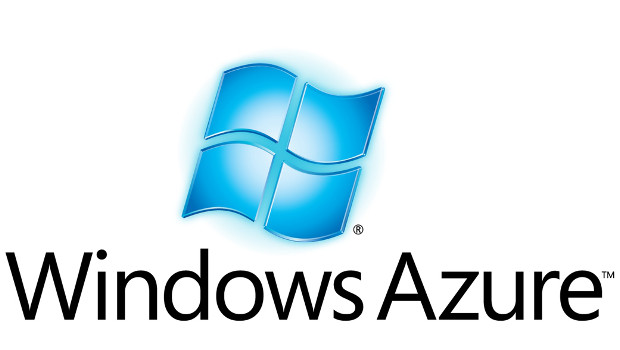Good news for businesses using Microsoft’s Azure cloud platform: their infrastructure bills may be shrinking come February.
Microsoft announced that it will be permanently reducing the prices for its Dv2 compute instances by up to 17% next month, depending on the type of instance and what it’s being used for. Users will see the greatest savings if they are running higher performance Linux instances — up to 17% lower prices than they have been paying previously. Windows instance discounts top out at a 13% reduction compared to current prices.
Right now, the exact details of the discount are a little bit vague, but Microsoft says that it will publish full pricing details in February when they go into effect. Dv2 instances are designed for applications that require more compute power and temporary disk performance than Microsoft’s A series instances.
They are the successor to Azure’s D-series VMs, and come with processors that are 35% faster than their predecessors. Greater speed also corresponds to a higher price, but these discounts will make Dv2-series instances more price competitive with their predecessors. That’s good news for price-conscious users, who may be more inclined to reach for the higher-performance instances now that they’ll be cheaper.
The price changes come after Amazon earlier this week introduced scheduled compute instances, which let users pick out a particular time for their workloads to run on a regular basis, and get discounts based on when they decide to use the system. It’s a system that’s designed to help businesses that need computing power for routine tasks at non-peak times get a discount.
Microsoft’s announcement builds on the company’s longstanding history of reducing prices for Azure in keeping with Amazon’s price cuts in order to remain competitive. Odds are we’ll see several more of these cuts in the coming year as the companies continue to duel to try and pick up new users and get existing users to expand their usage of the cloud.
Blair Hanley Frank, IDG News Service






Subscribers 0
Fans 0
Followers 0
Followers